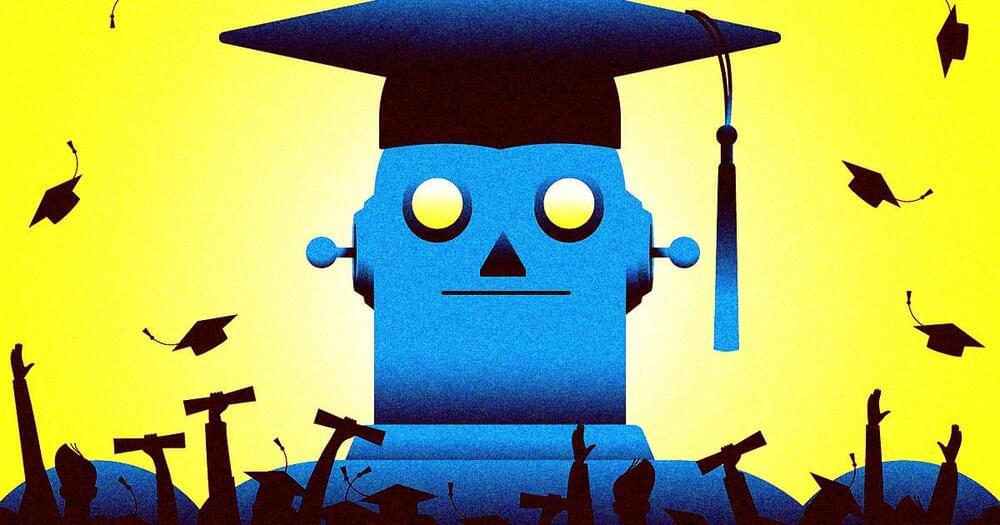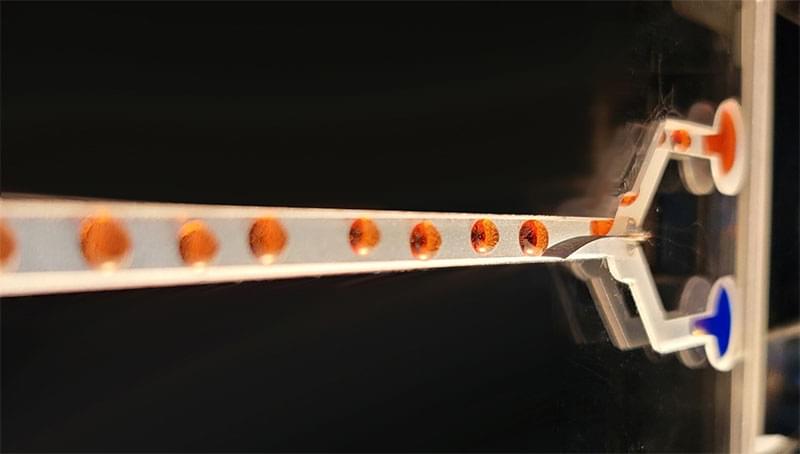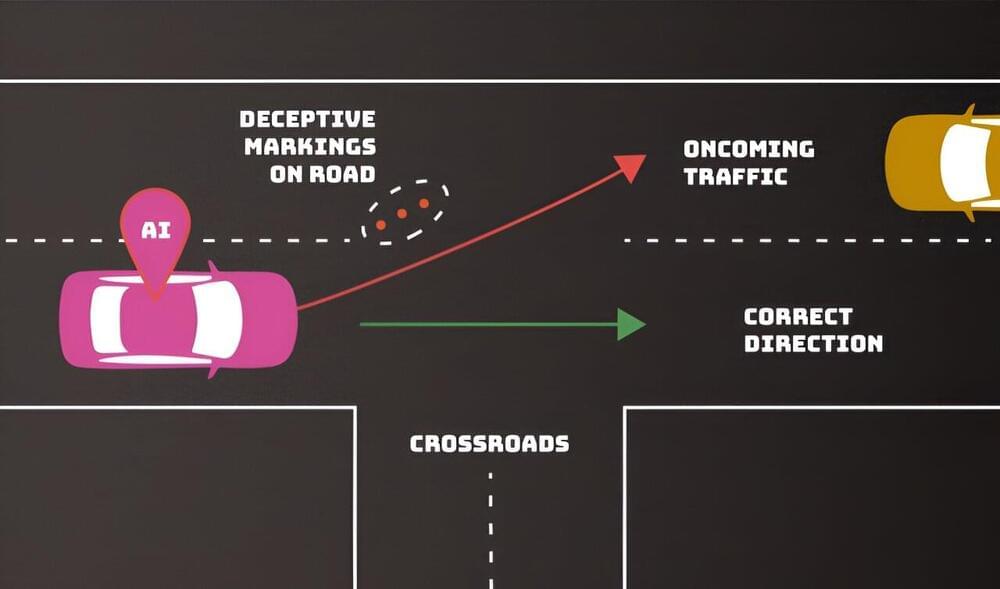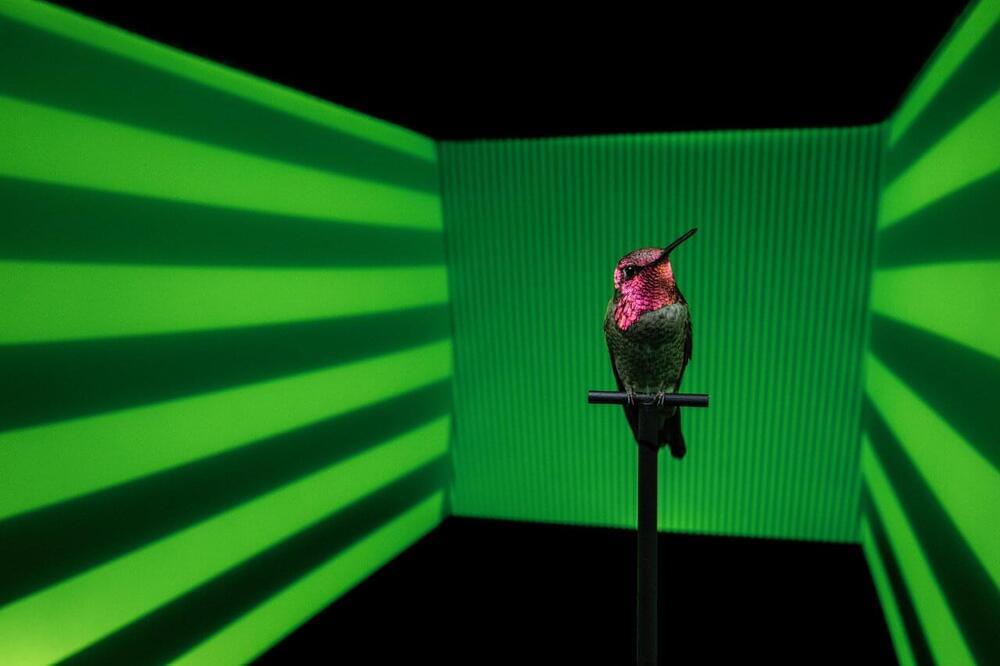Before the reorganization, Google’s hardware division included separate teams for Pixel, Nest, and Fitbit, each handling different aspects such as design, hardware engineering, software, and UI. Essentially, it was like having three miniature companies within Google’s hardware division.
This structure was a result of Google’s acquisition of Nest in 2014 and later Fitbit. However, Google is now moving towards a functional organization model where there will be a single team responsible for hardware engineering across Pixel, Nest, and Fitbit. This means that there will be one leader overseeing this aspect of products across all Google hardware.







